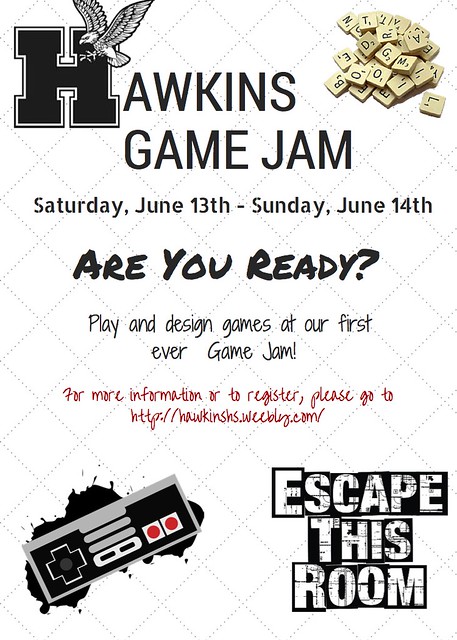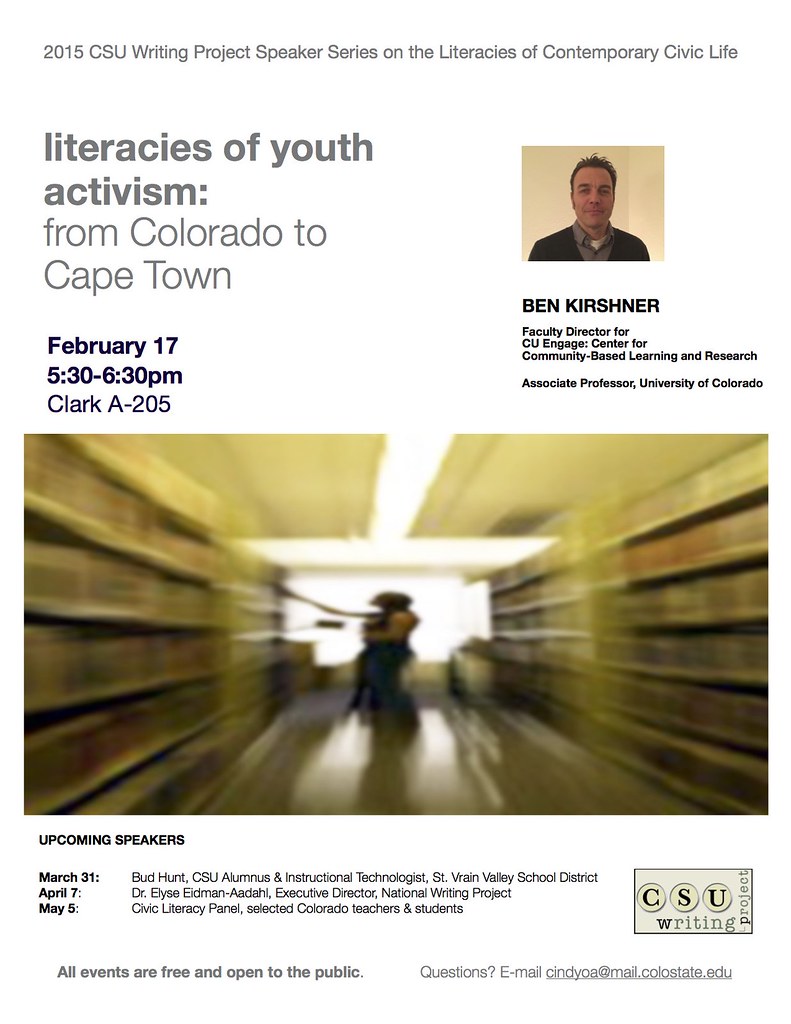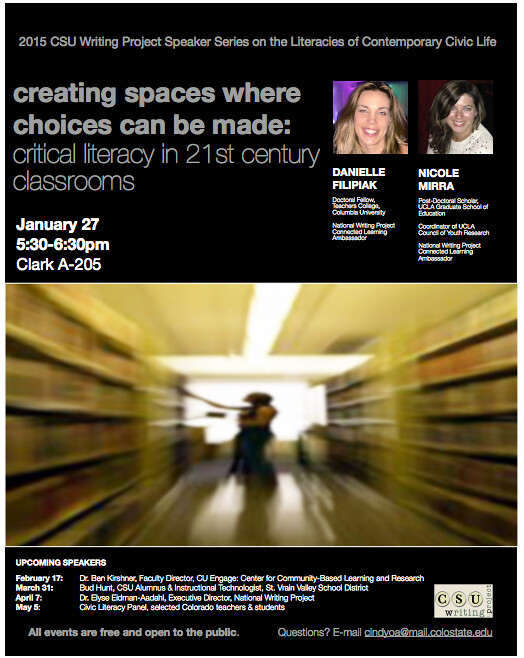Building off of the four key emotions portrayed in Inside Out, a quartet of reflections on Pixar’s latest.
Joy
It’s a fun Pixar film that gives you Pixar feels. Yay.
(Also, the fleeting nod to Steve Jobs’s “reality distortion field” was a nice gesture.)
Anger
As much as I wanted to love this movie, I kept wondering why the characters of “Anger” and “Sadness” had to be the heavyset characters. The former resorts to violence and the latter is so lazy she is dragged on the floor throughout a third of the movie. If I think about the diverse bodies we have, I can’t help but ponder what effect seeing one’s larger body type manifested as someone that is “angry” or “sad” will have on an impressionable audience. What does this movie say about who I am and my relationship to feelings of joy if I am considered “fat” by society’s definitions?
Disgust
At the heart of this movie (and not really a spoiler) is a young girl struggling to adjust to life in a new city with her parents; there are delays from a moving truck, a fleeting moment of embarrassment in school, an argument at home. The entire social and emotional range that this character undergoes is rooted in the pretty comfortable life of being a white girl in an upper-middle-class family in an industrialized, wireless, and accepting society. As I watched the movie, I reflected on Jeff Duncan-Andrade’s scholarship on “critical hope,” the signs of PTSD that youth in spaces of poverty experience, and the ways youth of color’s feelings would be triggered by entirely different circumstances than those of the protagonist of the film. This is very much a film for and about white feelings. (My caveat here about reading Catcher in the Rye with my high school students applies to this concern. But. But the whiteness of the film’s emotional core is frustrating in light of where American discourse stands in 2015, which brings me to…)
Fear
Last night, nine people were murdered. It was fueled by hate and our country needs to do more than mourn. We need to have important discussion and action about race, our history of racism, and what “fear” means when it feels like it is open season on unarmed boys and girls of color in the U.S. I worry that the snow-globe like feelings of Inside Out and an underlying feeling of see-we’re-all-the-same does more harm than good when the very real differences in where we’re born and from whom can mean life or death.




